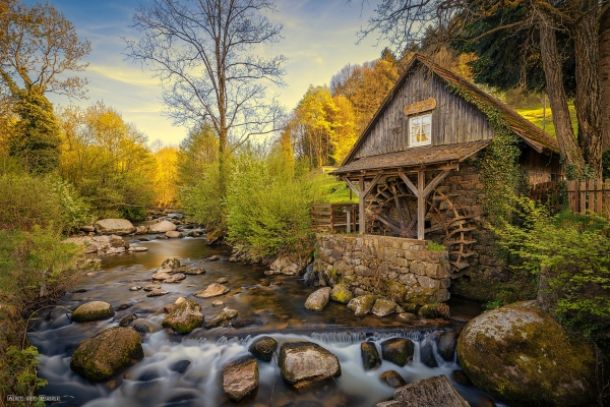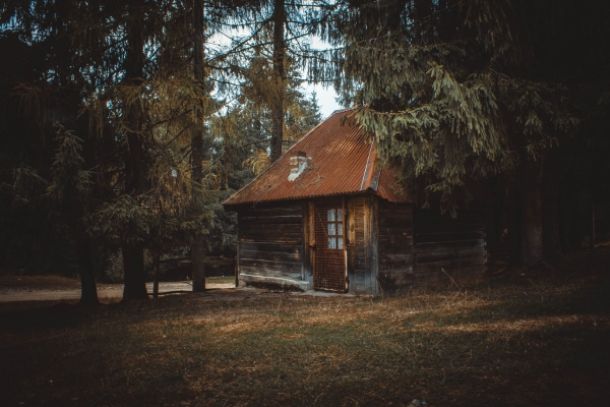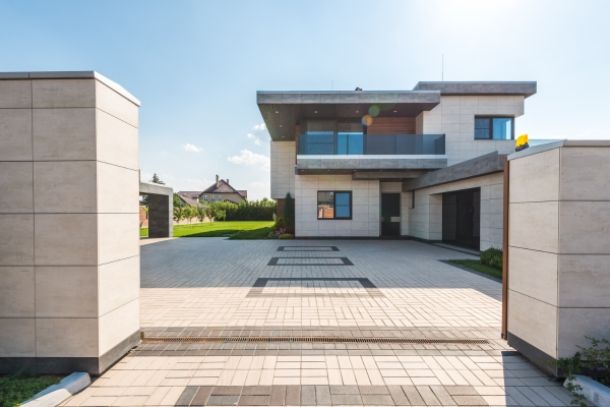Creating Eco-Friendly Wooden Dwellings
Creating Eco-Friendly Wooden Dwellings
Eco-friendly wooden dwellings represent the convergence of sustainable living and the timeless beauty of wood. This guide explores how to create a wooden home that is not only environmentally responsible but also energy-efficient and aesthetically pleasing. With a focus on sustainable materials, green building practices, and DIY strategies, this article provides a roadmap for building a dwelling that honors both nature and craftsmanship.
Introduction
As concerns about environmental impact and climate change grow, building eco-friendly homes has become increasingly popular. Wooden dwellings, when built using sustainable methods, offer numerous benefits: they are renewable, have a low carbon footprint, and provide natural insulation. This guide aims to empower DIY enthusiasts with the knowledge and techniques needed to create an eco-friendly wooden home that is as sustainable as it is beautiful.
Sustainable Materials and Green Building Practices
The foundation of an eco-friendly dwelling lies in the choice of materials. To create a home that minimizes environmental impact, consider the following strategies:
- Sustainable Wood Sourcing:
- Use wood that is certified by organizations such as the Forest Stewardship Council (FSC) or opt for reclaimed wood. These sources ensure that the wood is harvested responsibly and reduces the need for new deforestation.
- Local sourcing of timber can further reduce transportation emissions and support the local economy.
- Eco-Friendly Insulation and Finishes:
- Incorporate insulation materials such as recycled cellulose, sheep’s wool, or natural cork. These materials not only offer excellent thermal performance but are also biodegradable.
- Choose non-toxic, low-VOC (volatile organic compounds) paints, sealants, and finishes. These products improve indoor air quality and reduce harmful emissions.
- Water and Energy Efficiency:
- Integrate water-saving fixtures and rainwater harvesting systems into your design. Greywater recycling for irrigation is another effective method to reduce water consumption.
- Utilize energy-efficient windows and doors, and design the home with passive solar principles to maximize natural light and heat, reducing reliance on artificial energy sources.
Design and Planning for an Eco-Friendly Home
A successful eco-friendly wooden dwelling begins with thoughtful design. Consider the following elements during the planning stage:
- Optimized Floor Plans:
- Open and flexible floor plans not only maximize natural light and ventilation but also reduce the need for additional structural materials.
- Position rooms to take advantage of the sun’s path—larger windows on the south side can enhance passive solar heating during winter while shading can keep the home cool in summer.
- Integration of Green Spaces:
- Incorporate green roofs, vertical gardens, or outdoor living areas that blend the home with its natural surroundings.
- Landscaping with native plants can reduce water usage and create a seamless transition between indoor and outdoor spaces.
- Energy Modeling and Simulation:
- Use modern design software to simulate energy performance. This allows you to adjust elements like insulation thickness, window placement, and roof overhangs to optimize energy efficiency before construction begins.
- Consider consulting with a green building expert to validate your design choices.
Construction Techniques That Enhance Sustainability
Once planning is complete, the construction phase should prioritize sustainable practices at every step:
- Efficient Foundation and Framing:
- Choose a foundation type that minimizes excavation and concrete use. Pier and beam foundations can often be more sustainable in areas where a full slab is not necessary.
- Frame the structure using precision techniques that reduce waste. Prefabricated elements or modular construction methods can be especially effective in cutting down on material waste and construction time.
- Natural Ventilation and Insulation:
- Ensure that the design allows for adequate cross-ventilation, reducing the need for mechanical cooling systems.
- Install high-performance insulation in walls, roofs, and floors using eco-friendly materials. Proper insulation not only enhances comfort but also reduces long-term energy consumption.
- Renewable Energy Integration:
- Plan for the integration of renewable energy sources such as solar panels or small wind turbines. Position these systems to maximize efficiency and consider battery storage solutions to increase energy self-sufficiency.
- Utilize smart home technologies to monitor energy usage and adjust systems for optimal performance.
Interior and Exterior Eco-Friendly Finishing
The finishing touches of an eco-friendly dwelling should complement the sustainable ethos of the project:
- Natural and Recycled Materials:
- Use reclaimed wood for interior features such as flooring, cabinetry, and accent walls. These elements add character while reinforcing the eco-friendly message.
- Consider natural stone or recycled metal for countertops, fixtures, and decorative accents.
- Low-Impact Design Choices:
- Select furnishings and décor that are made from sustainable or recycled materials.
- Maximize natural light by installing energy-efficient windows and skylights. This not only reduces reliance on artificial lighting but also creates a healthier indoor environment.
- Long-Term Durability and Maintenance:
- Apply eco-friendly sealants and finishes that protect the wood from the elements without harmful chemicals.
- Establish a routine maintenance schedule to ensure that the dwelling remains energy-efficient and free of issues such as moisture buildup or pest damage.
Community and DIY Resources
Building an eco-friendly wooden dwelling is an ongoing learning process. Engaging with community resources can significantly enhance your project:
- DIY Workshops and Forums:
- Attend local workshops or online webinars on green building techniques. Sharing experiences with others who have built eco-friendly homes can provide valuable insights.
- Online communities dedicated to sustainable living often share tips, tutorials, and product recommendations that can be directly applied to your project.
- Collaboration with Experts:
- When in doubt, consult with architects, builders, or environmental engineers who specialize in sustainable construction. Their expertise can help troubleshoot issues and refine your design.
Conclusion
Creating eco-friendly wooden dwellings is not just about building a home; it is about making a lasting commitment to sustainable living. By carefully selecting sustainable materials, integrating energy-efficient design elements, and employing green construction techniques, you can build a dwelling that minimizes its impact on the environment while offering comfort and beauty. Embrace the challenge of sustainable building with an open mind and a willingness to innovate. As you progress through each phase—from planning and material selection to construction and finishing—remember that every eco-friendly choice you make is an investment in a healthier planet and a more sustainable future. With passion, precision, and perseverance, your eco-friendly wooden dwelling will stand as a testament to responsible living and craftsmanship that honors nature.


